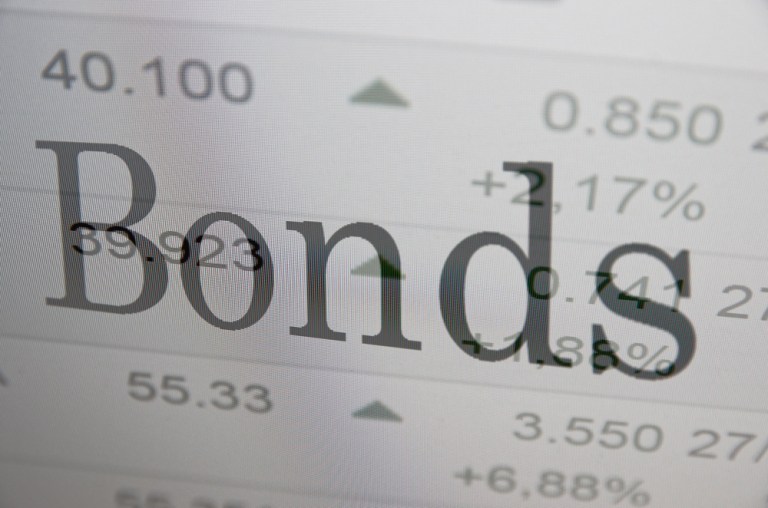
Welcome to 2017 and the start of a whole new trading year. And for bond investors, perhaps it’s not too early to start wishing for 2016 all over again?
As of this writing, the first full market day of 2017 was seeing a stock rally losing momentum, with bond markets also falling. The latter deserves a bit of attention, with the pressure coming from seemingly all angles.
The yield on the 10-year Treasury note, commonly used as a yardstick for how investors view risk (and how debt and interest rates are calculated), was at just about 2.51 percent, up from 2.44 percent at year’s end.
This means that bond prices took another tumble into 2017. The tumble could be a longer stumble, as economic data remains strong and the latest numbers come from far-flung economies. In the United States, the manufacturing activity indicator stood at 54.7 (a rule of thumb is that if a reading is above 50, growth is at hand). Germany is showing signs of inflation, and in China, manufacturing is booming.
All of these data points bode well for stocks, maybe, but not much cause for smiling on the bond front. Growth stokes investor excitement and appetite for risk. And with higher-risk appetites, stocks typically benefit because the perceived upside is relatively more exciting, and thus investors sell bonds and other “safe” assets to raise cash that is then put to work in equities. The yields on bonds hit lows over the summer amid concerns over Brexit and other macro events.
All eyes are on the U.S. now, with investors watching to see if Trump and the Republican Congress will be able to deliver on promises of lower taxes and a rollback on regulations that, taken together, theoretically should help growth. And in the meantime, the Federal Reserve is expected to pass three rate increases in 2017, moving ahead from its December rate boost, and yields on other bonds are likely to rise as well (again, with prices on the bonds themselves moving lower). Rough sledding may lie ahead for bonds in an uncertain 2017.